PROTECT YOUR DNA WITH QUANTUM TECHNOLOGY
Orgo-Life the new way to the future Advertising by Adpathway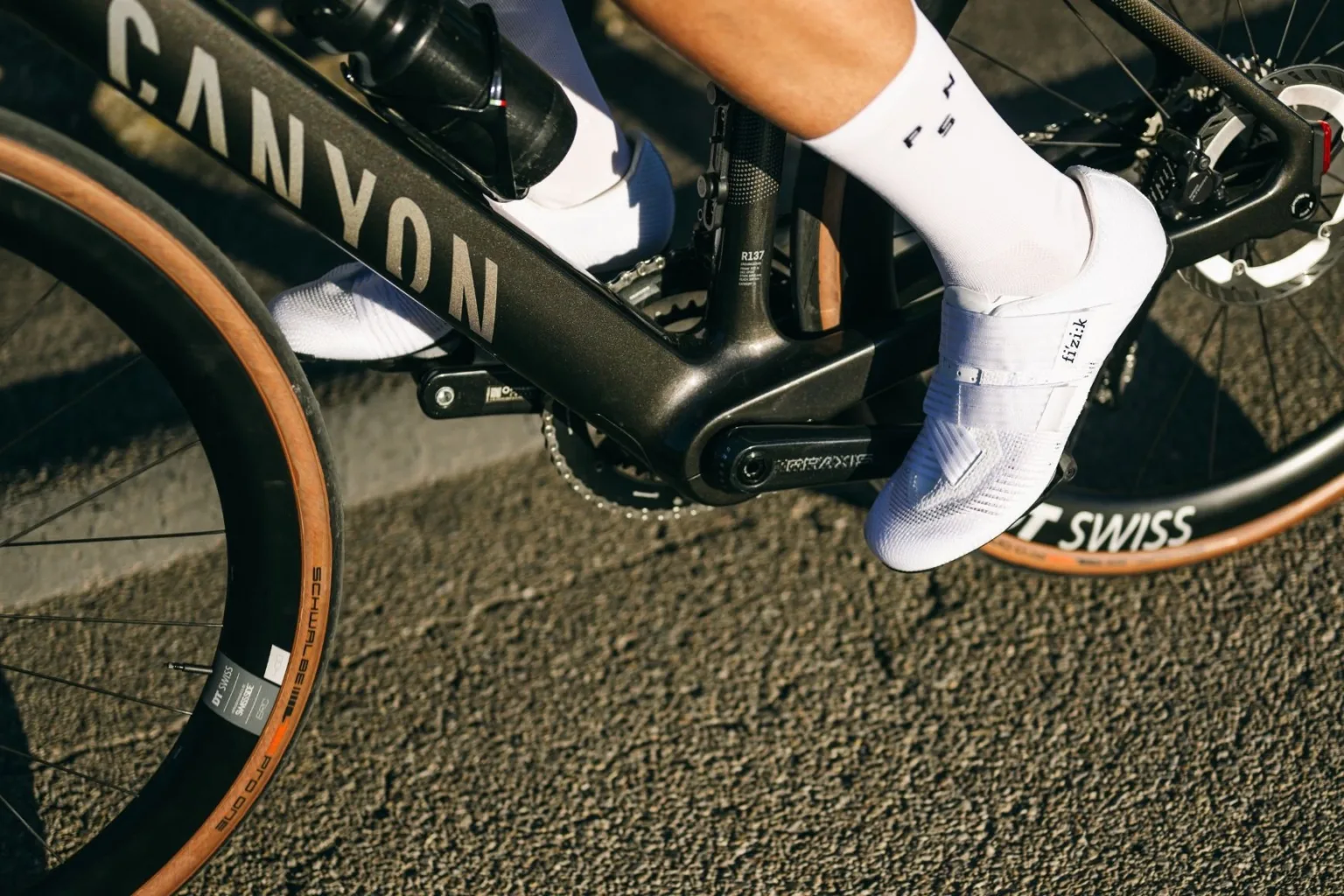
Just a couple weeks after announcing its new mountain bike-oriented HPR60 drive system, TQ officially unveiled the all-new HPR40 today at Eurobike. This new electric drive unit is aimed squarely at the e-road and e-gravel market with its compact form factor, impressively light weight, system integration, and light power output. Leveraging its patented Harmonic Pin Ring Transmission design, TQ aimed to create an incredibly small and light mid-drive motor that goes nearly unnoticed yet provides ample pedaling support for road and gravel applications.
When considering drive systems for e-road and e-gravel bikes, TQ says it identified three main problems. First, road bikes are typically sleek, and the bulk of mid-drive motors and batteries doesn’t match the traditional aesthetics. Second, the added weight and assistance of most e-bike drive systems can alter a bike’s handling characteristics and overall ride feel. Third, the weight of and drag created by the drive system are burdensome at speeds higher than the pedal assist cutoff.
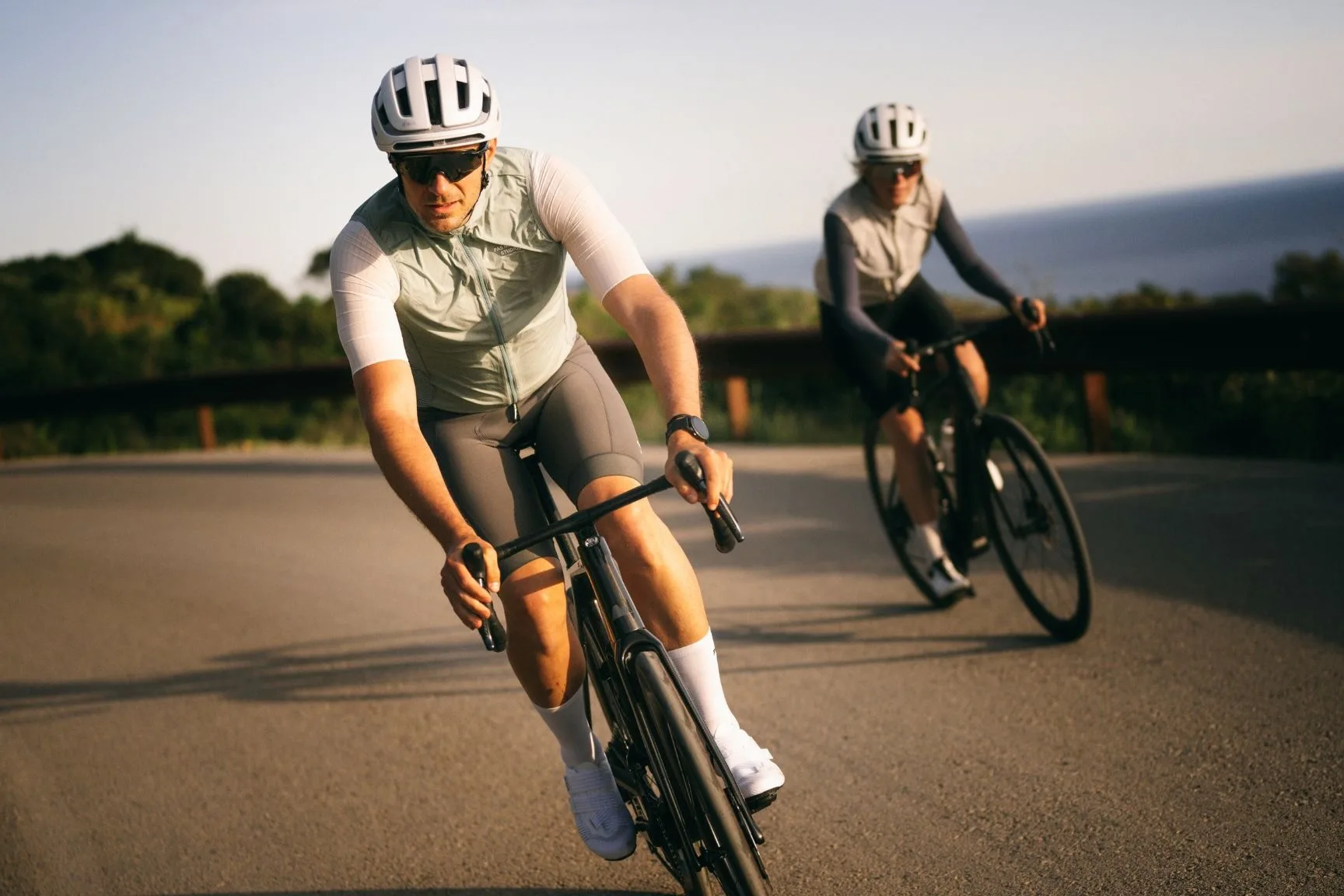 TQ hopes to revolutionize the e-road and e-gravel segments with the new HPR40 drive system. (all photos/TQ)
TQ hopes to revolutionize the e-road and e-gravel segments with the new HPR40 drive system. (all photos/TQ)TQ says the goal of the new HPR40 was to create a drive system that has minimal impact on a bike’s aesthetics and handling that “allows bike manufacturers to create super lightweight e-bikes that look, feel, and sound like analog bikes but take you further.” Even with the HPR40’s compact size and incredibly light claimed weight of 1,170 grams, it puts out 40 Nm of torque and up to 200 Watts of power. When paired with a slim 290 Wh battery and all of the system components, it adds up to just 2,700 grams (5.95 lbs.). Additionally, TQ claims the system “is quiet, has virtually no lag in engagement, no drag when coasting, and allows for seamless and elegant e-bike system integration.”
TQ-HPR40 Drive System
Like most e-bike motor systems, TQ’s new HPR40 is more than just a motor, it’s an entire system that’s specifically designed to work together. It includes the drive unit, battery, remote, display, Smart Box, and the TQ app.
TQ-HPR40 Drive Unit
 TQ’s Harmonic Pin Ring Transmission design allows TQ to make super compact motors like the HPR40.
TQ’s Harmonic Pin Ring Transmission design allows TQ to make super compact motors like the HPR40.Like TQ’s other motors, the new HPR40 drive unit employs the brand’s Harmonic Pin Ring Transmission (HPR) design. Instead of the cog system used in most mid-drive motor systems, HPR uses two spline rings that interface together. This allows the entire motor to be built concentric to the bottom bracket and crank spindle, resulting in a motor that is very compact, uses fewer parts, and weighs less. If you’re interested in learning more about how HPR works, you can read about it in this article about the TQ-HPR50.
The HPR40 and TQ’s other HPR motors are so small that they are barely noticeable. According to TQ, “The HPR40 drive unit weighs a mere 1,170 grams and delivers up to 40 Nm of torque as well as up to 200 Watts of peak power with the highest torque density on the market.” It has three ride modes, all of which are fully customizable through the TQ app. On top of that, the HPR40’s Q-factor is identical to analog bikes, helping to keep the feel more natural at the pedals.
But 200 Watts doesn’t sound like that much support. Why so low? As TQ explains it, “In performance cycling, 200 watts is anything but little.” By their calculations, a 200-watt boost will often double the power output of an amateur rider, boosting their performance level to that of a professional.
TQ-HPR40 Battery
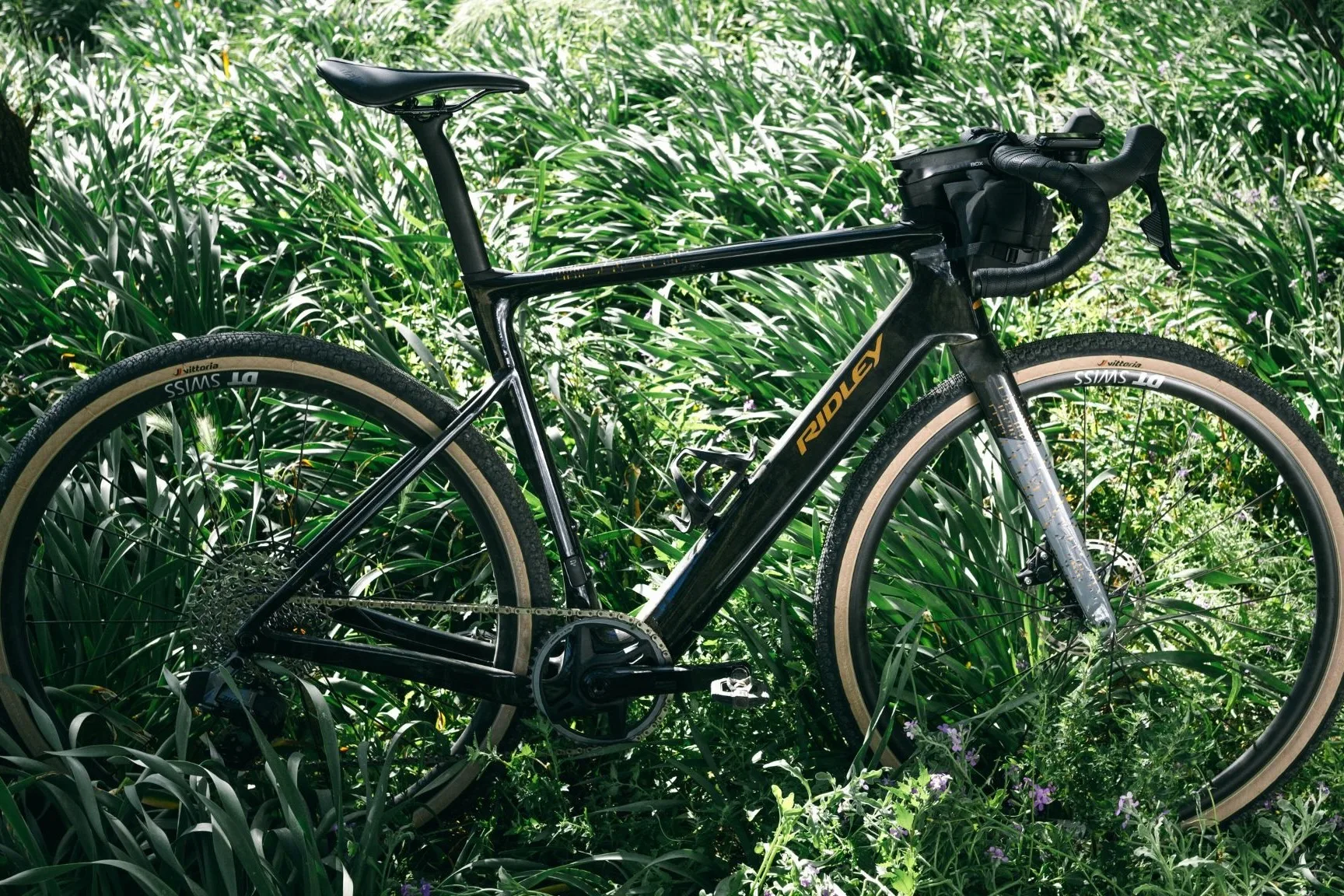 With a slim battery and a barely noticeable motor, the TQ-HPR40 drive system hides pretty well on this Ridley e-gravel bike.
With a slim battery and a barely noticeable motor, the TQ-HPR40 drive system hides pretty well on this Ridley e-gravel bike.TQ claims its batteries feature the “highest energy density on the market,” allowing them to provide more power in a comparatively smaller package and at a lower weight than competitors. TQ says that its new 290 Wh battery was designed specifically to pair with the HPR40 motor, and it weighs just 1,460 grams. Given the light power output of the motor, 290 Wh should go a long way, and TQ provides some impressive estimated range numbers.
 TQ’s estimated range chart for the HPR40 system.
TQ’s estimated range chart for the HPR40 system.Those interested in riding even longer distances also have the option to add a 160Wh range extender, which is the size of a 500 ml water bottle.
 Apparently, this hand is pressing the hidden remote buttons, but it’s pretty hard to tell, given that they are hidden.
Apparently, this hand is pressing the hidden remote buttons, but it’s pretty hard to tell, given that they are hidden.TQ-HPR40 Controls
Further concealing the existence of the HPR40 system are the uniquely designed remote and “display”. Riders change assistance levels using remote buttons that are hidden under the handlebar tape, while the display slides discreetly into the end of the handlebar in place of a bar plug. While it doesn’t have a screen, the display unit includes the system’s power button and a row of LED’s that show battery status and pedal assist mode.
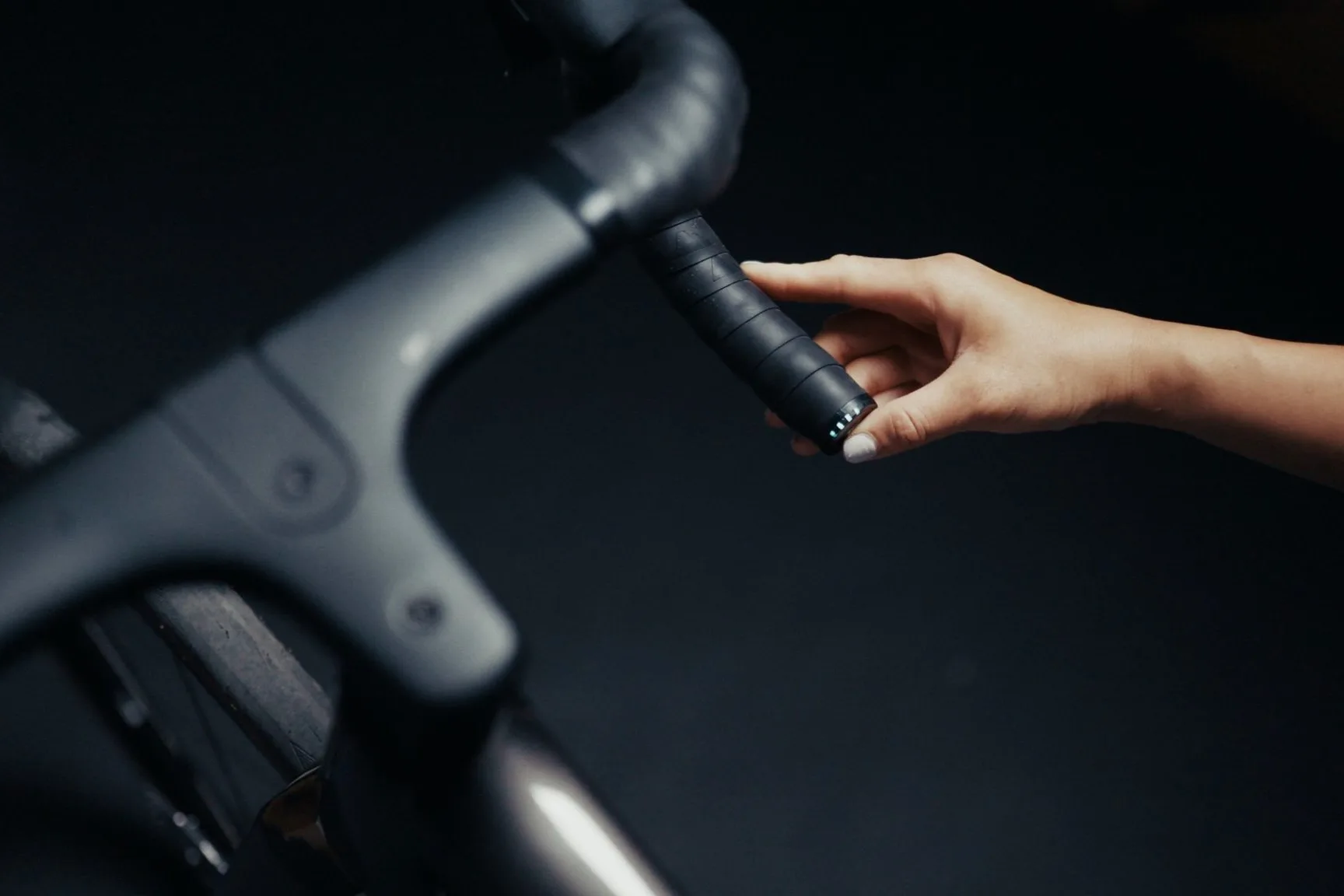 The sleek and barely noticeable bar plug display.
The sleek and barely noticeable bar plug display.Third Party Integration
TQ clearly put in some effort streamlining the integration of the HPR40 drive system and controls, but they didn’t stop there. The brand claims that its in-frame TQ Smart Box allows the HPR40 system to provide “an open system architecture for third-party integration such as electronic shifting, lighting, and much more.” That includes “an open interface for OEM customization and full compatibility with SRAM and Shimano hood buttons.”
At the time of launch, TQ claims the Smart Box is compatible with Shimano, SRAM, Garmin, Hammerhead, Sigma, and Wahoo. Additionally, they claim that any system integrated into the bike can be set up to be powered directly from the main battery. On top of that, the HPR’s sensors can transmit data via ANT+, including power data, which could eliminate the need to use a separate power meter.
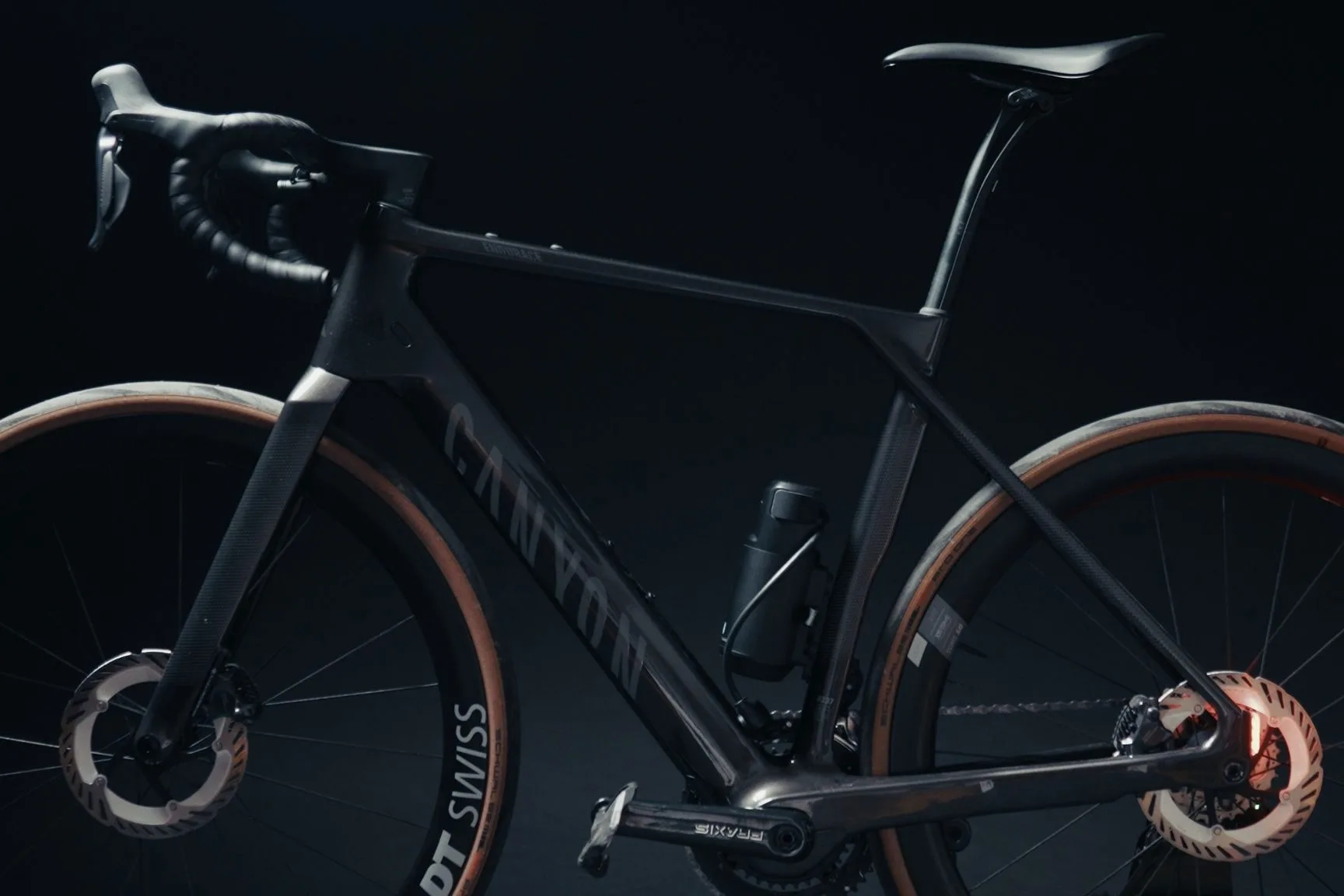 Fair to assume we can expect a Canyon e-road bike with the TQ-HPR40 drive system in the very near future.
Fair to assume we can expect a Canyon e-road bike with the TQ-HPR40 drive system in the very near future. TQ-HPR40 Availability
Due to the packaging constraints of mid-drive motors and batteries, the TQ-HPR40 will likely only be available on complete bikes and framesets. TQ did not provide a list of brands or bike models that will feature the new drive system, but based on the images in the press kit, we’re pretty sure there’s at least one Canyon road model and one Ridley gravel model that we can expect to learn more about soon. Given TQ’s existing relationships with bike manufacturers and the growing e-road and e-gravel segments, it’s probably just a matter of time before we see numerous bikes equipped with the HPR40 drive system. We’ll keep you posted when we do.
Until then, you can learn more about the brand and the new TQ-HPR40 drive system on the TQ website.
The post TQ’s New HPR40 Motor Aims to Revolutionize Electric Road and Gravel Bikes appeared first on Bikerumor.


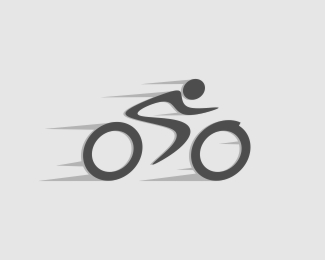 2 weeks ago
4
2 weeks ago
4

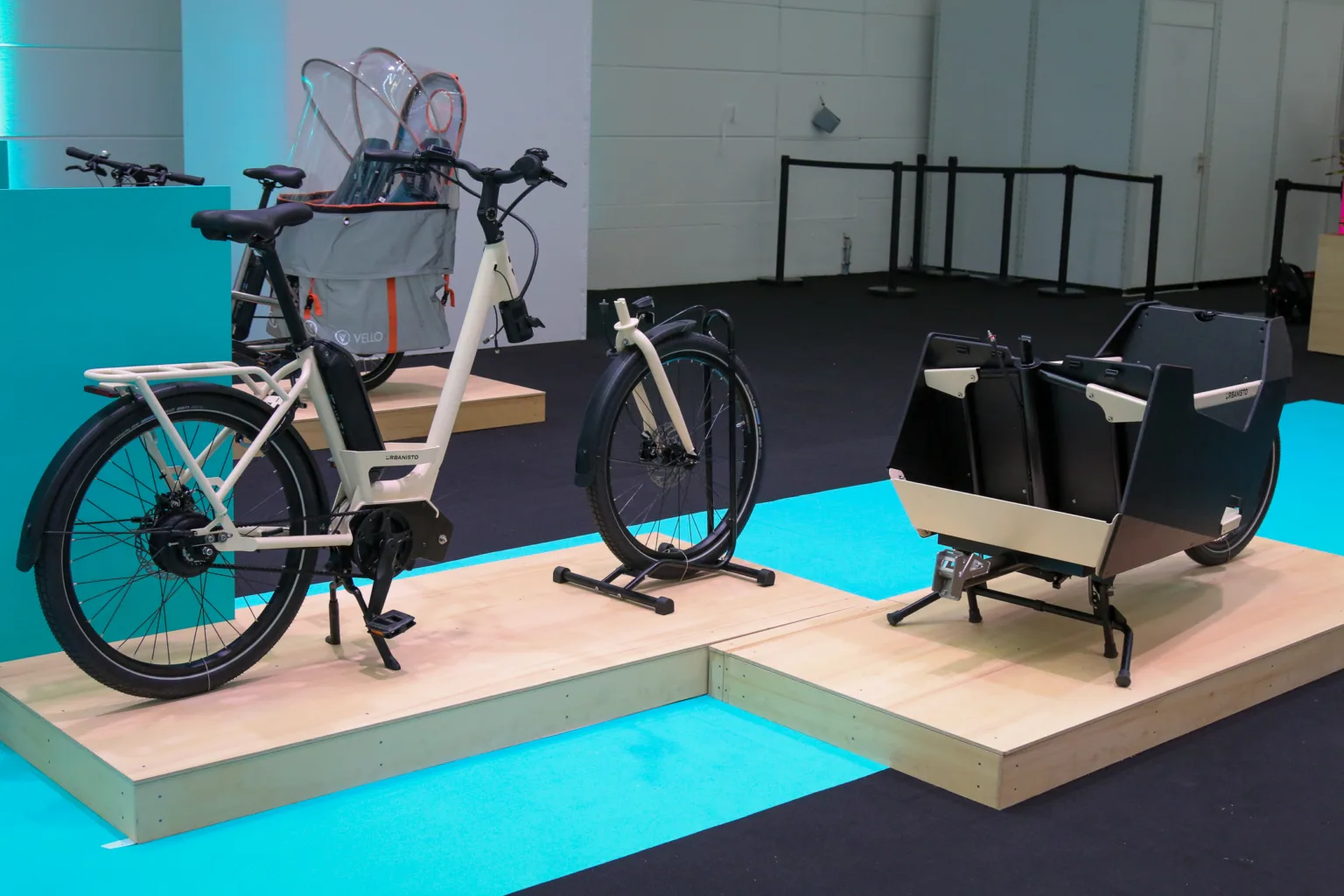

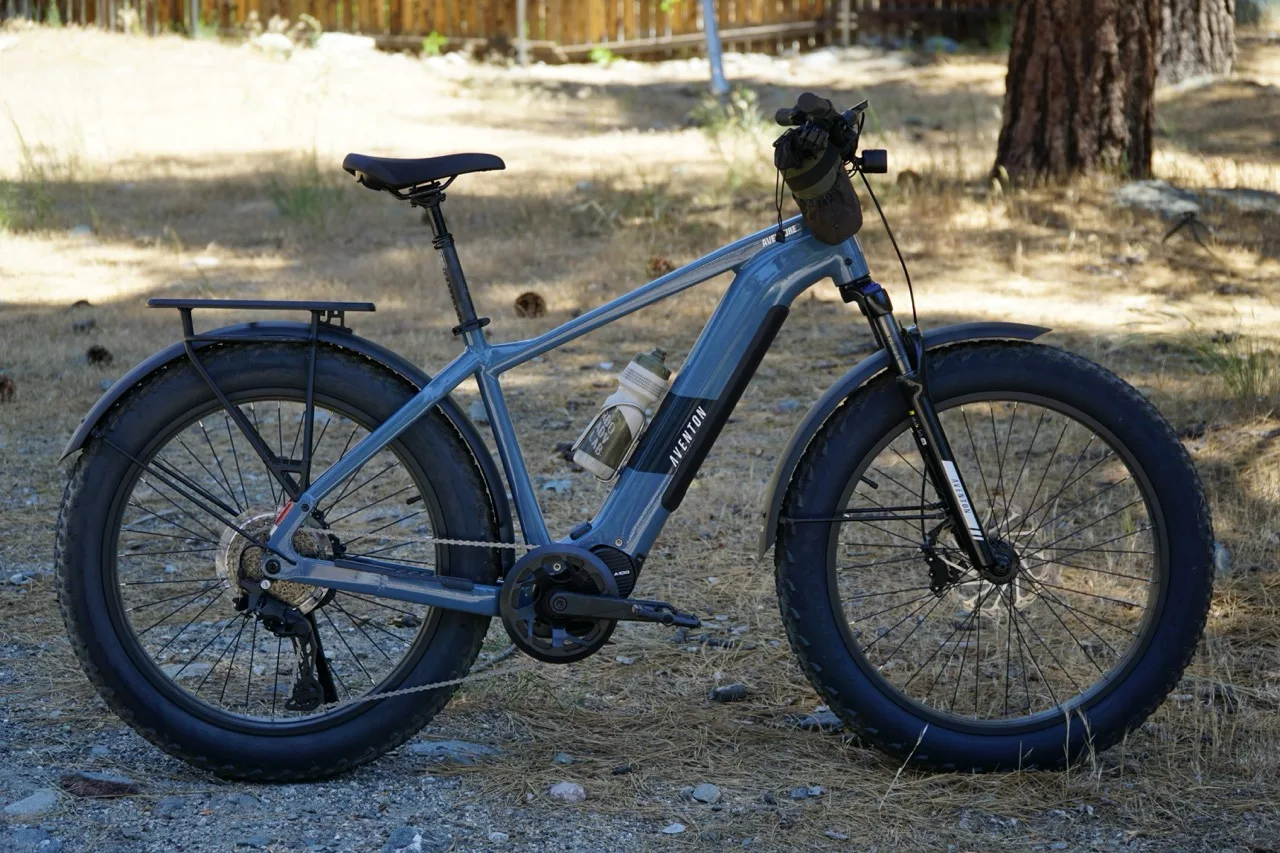
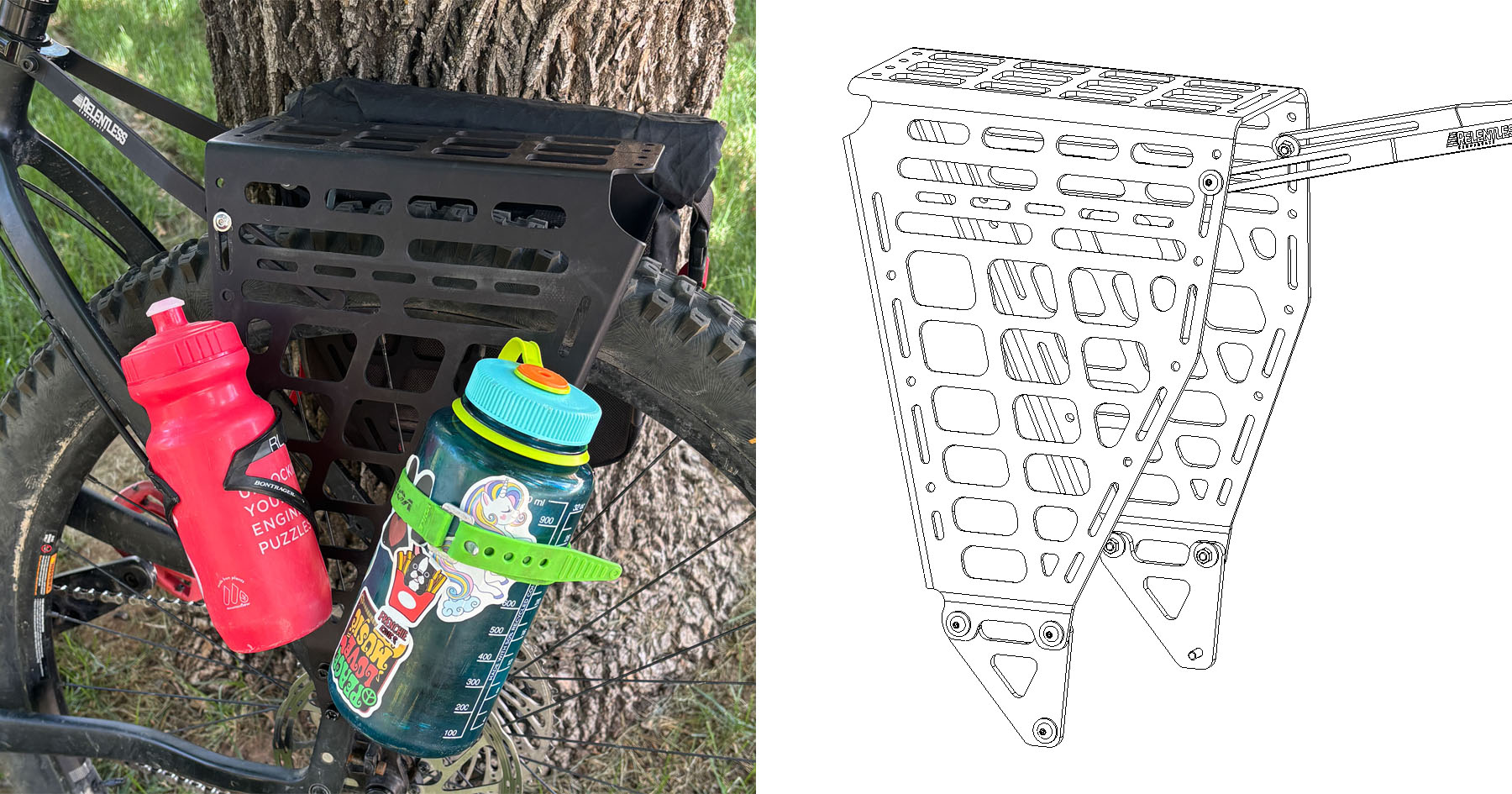
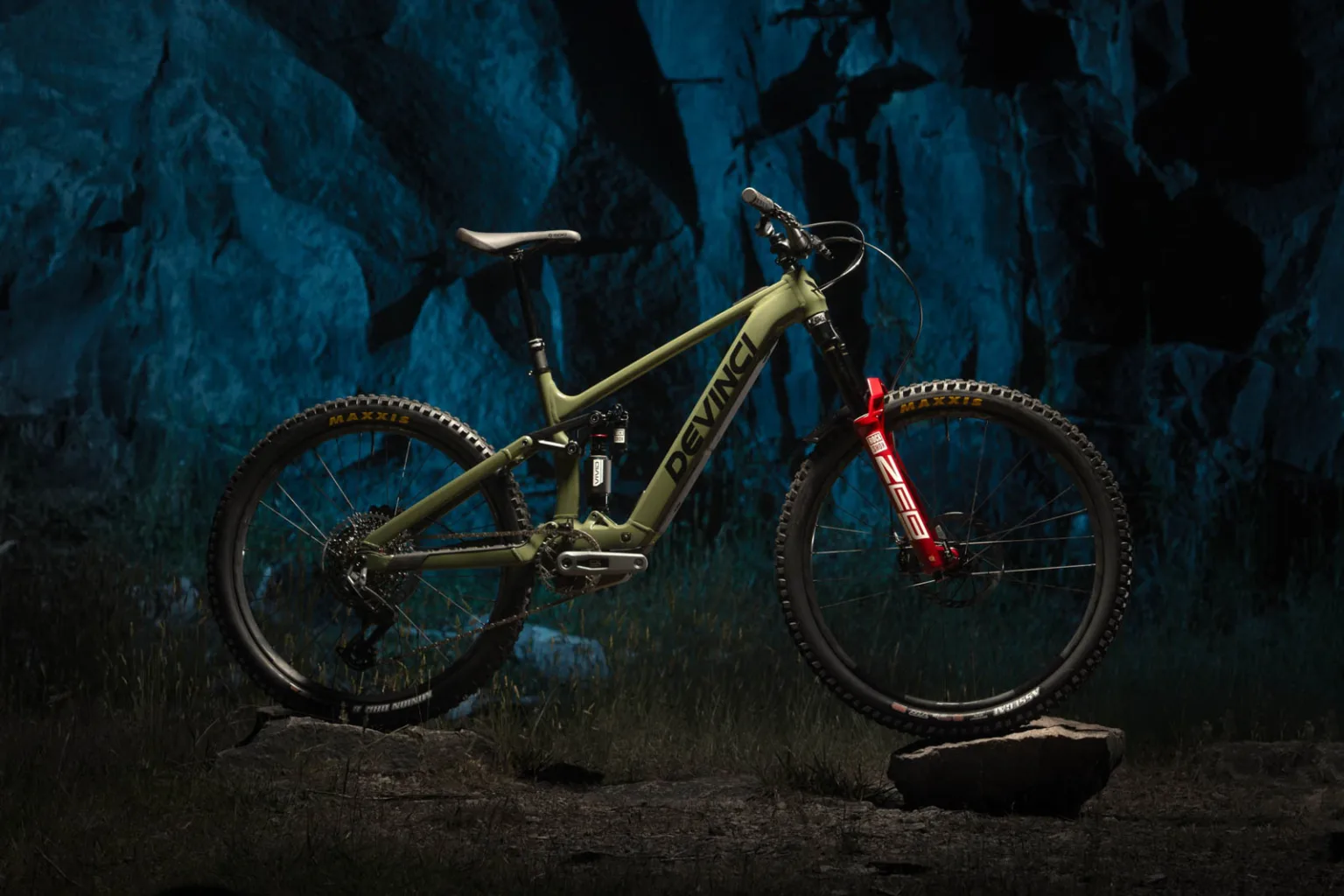




 English (US) ·
English (US) ·  French (CA) ·
French (CA) ·  French (FR) ·
French (FR) ·